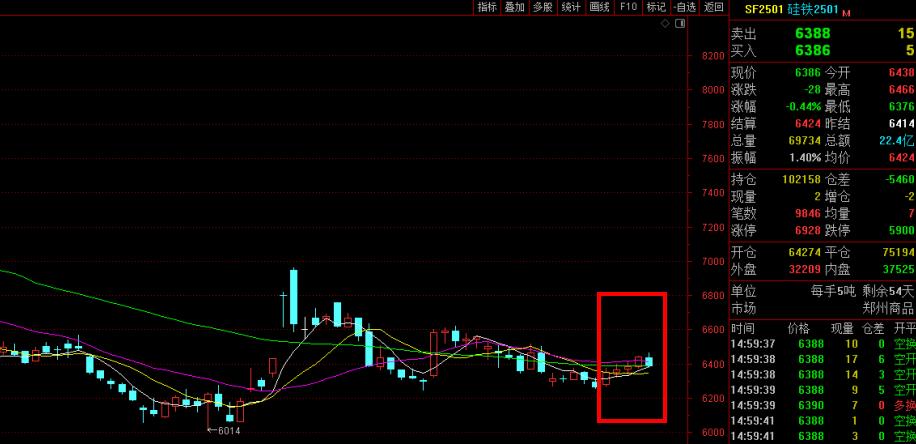[Ferro-alloys.com] Merchandise exports rose 21.8% yoy in February, beating market expectations of 8% by a big margin. For Jan-Feb as a whole, export growth reached 23.4% yoy, much higher than last year's 8%. While the headline export growth data appears to be super bullish, our view on export outlook remains modestly constructive, considering the following few technical factors that may have artificially boosted the export growth rates.
First, monthly yoy growth rates of customs data on exports are often inconsistent with export production and throughput data as for technical reasons customs clearance could be concentrated in particular weeks. Second, the pricing structure of China's export mix is changing and thus a strong headline number does not mean the same pace of volume growth. Third, the pricing power of Chinese exporters have been increasing (as evidenced by unit price increase since December) thus allowing more value growth than volume growth. Fourth, China treats its shipments to bonded areas as exports and, given that such shipments rise faster than overall exports, it may artificially boosted the export growth figure.
Nevertheless, we continue to believe that our forecast of 10% export growth in 2013 as a basis for our annual GDP growth projection is easily achievable. In coming few months, we export growth to hover around 10% yoy, in light of the modestly positive trends in export demand. These indicators include the continued improvement in the US housing market (correlated with Chinese exports of furniture and electronics), the recovery in US PMI, and a more bullish sentiment of Chinese export managers (the export confidence index rose 1.2pts to 44.1 according to a survey by the Customs).
In February, import growth appeared weak with a -15.2% yoy in February, lower than market consensus of -8.5%. For Jan-Feb as a whole, import growth was 5% yoy, slightly higher than last year's average of 4%.
As for sector breakdown, export growth in Jan-Feb mainly came from machinery and some labor intensive goods. Machinery and electronic products exports recorded an increase of 20.1% yoy, contributing 49% to total export growth in Jan-Feb. Exports of labor intensive goods (including textile, apparel, shoes, plastic products, toys, furniture, bags) grew 40.3% yoy.
The modest import growth of 5% in Jan-Feb was largely due to the decrease in the imported energy and resource goods. For Jan-Feb, in real term, auto imports decreased by 28.8% yoy, copper imports decreased by 27.8% yoy, and soybean imports were down by 9% yoy.
By destination, China's trade with Asian ex-Japan continued to outperform that with the US, EU and Japan. Specifically, China's Jan-Feb trade (exports and imports) with ASEAN countries was up 22% yoy, compared with 14.4% yoy with US, 3.2% with EU and -8.2% yoy with Japan.
Copyright © 2013 Ferro-Alloys.Com. All Rights Reserved. Without permission, any unit and individual shall not copy or reprint!
- [Editor:editor]



 Save
Save Print
Print Daily News
Daily News Research
Research Magazine
Magazine Company Database
Company Database Customized Database
Customized Database Conferences
Conferences Advertisement
Advertisement Trade
Trade

















Tell Us What You Think